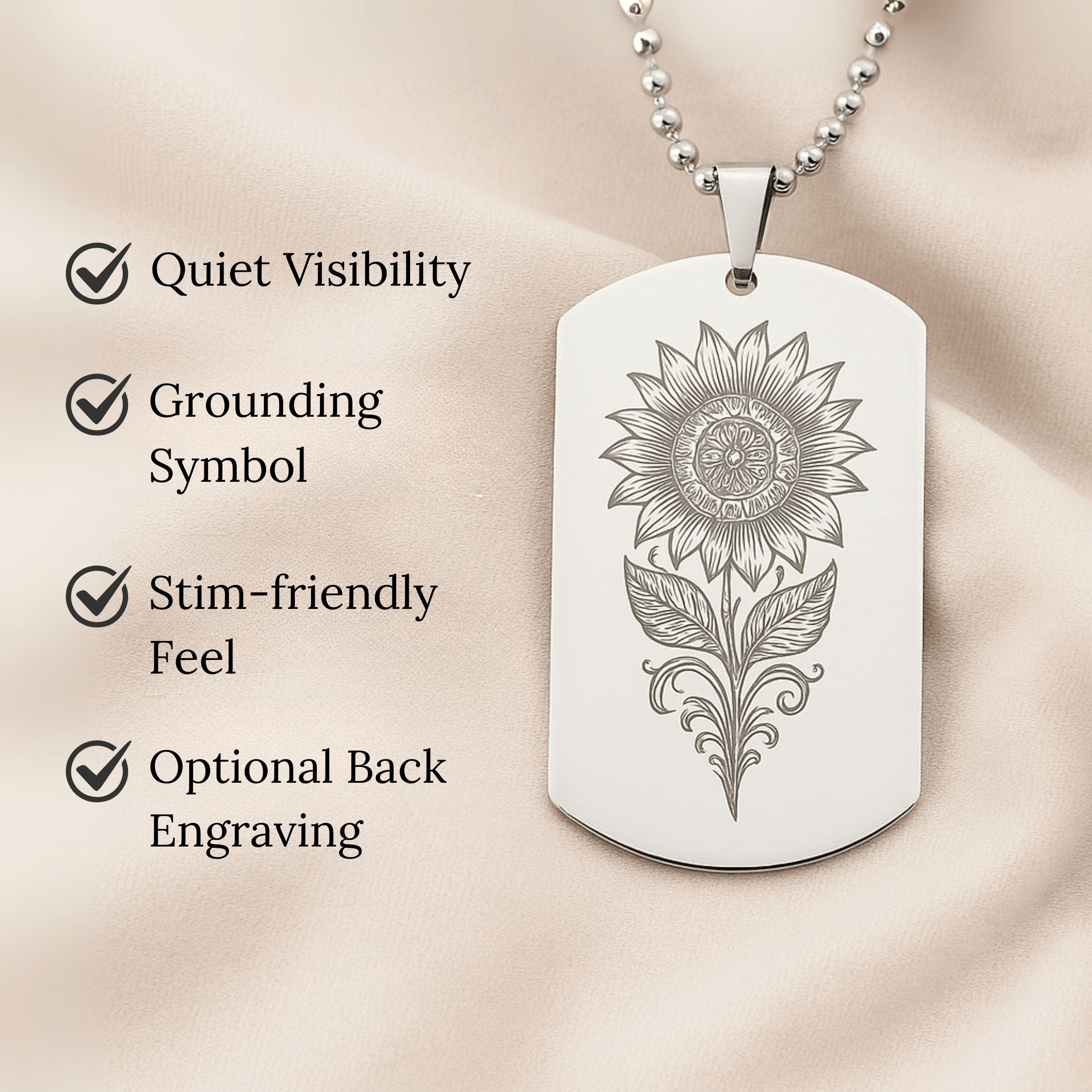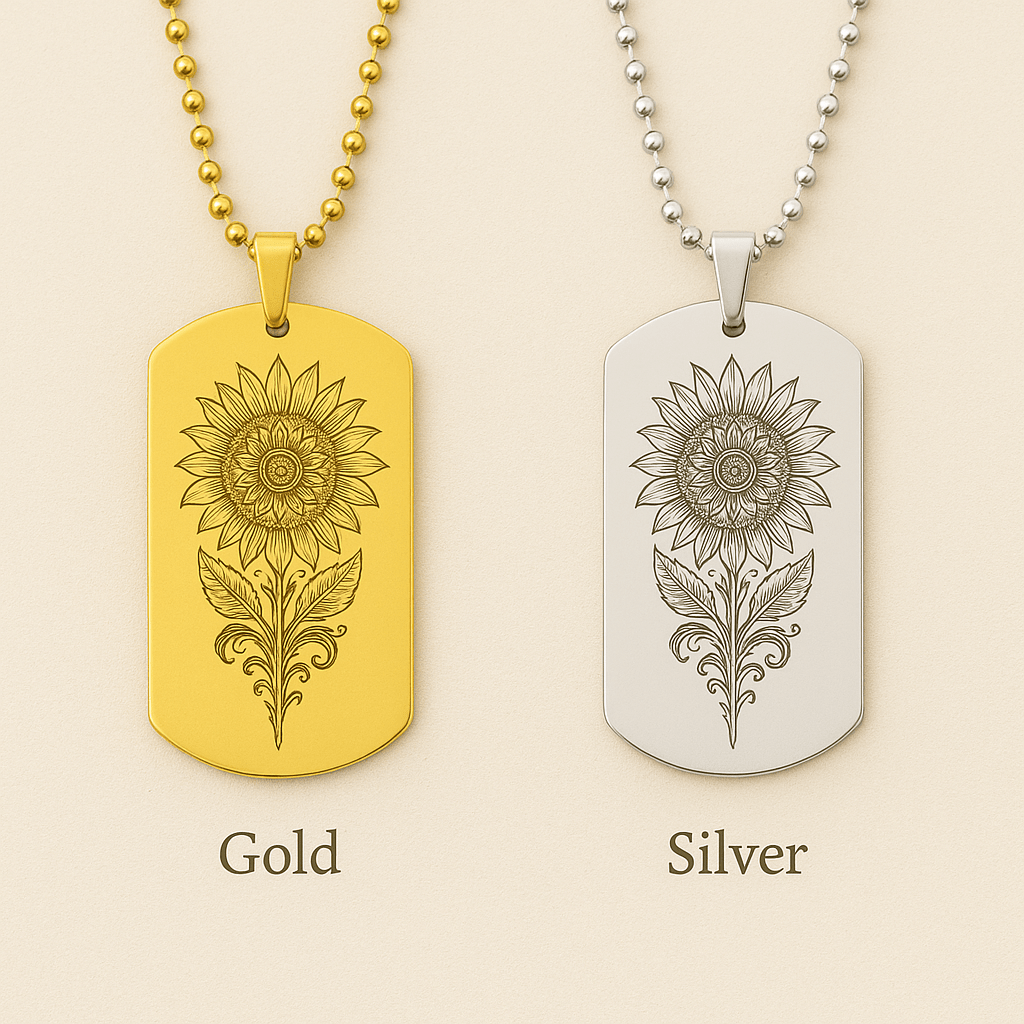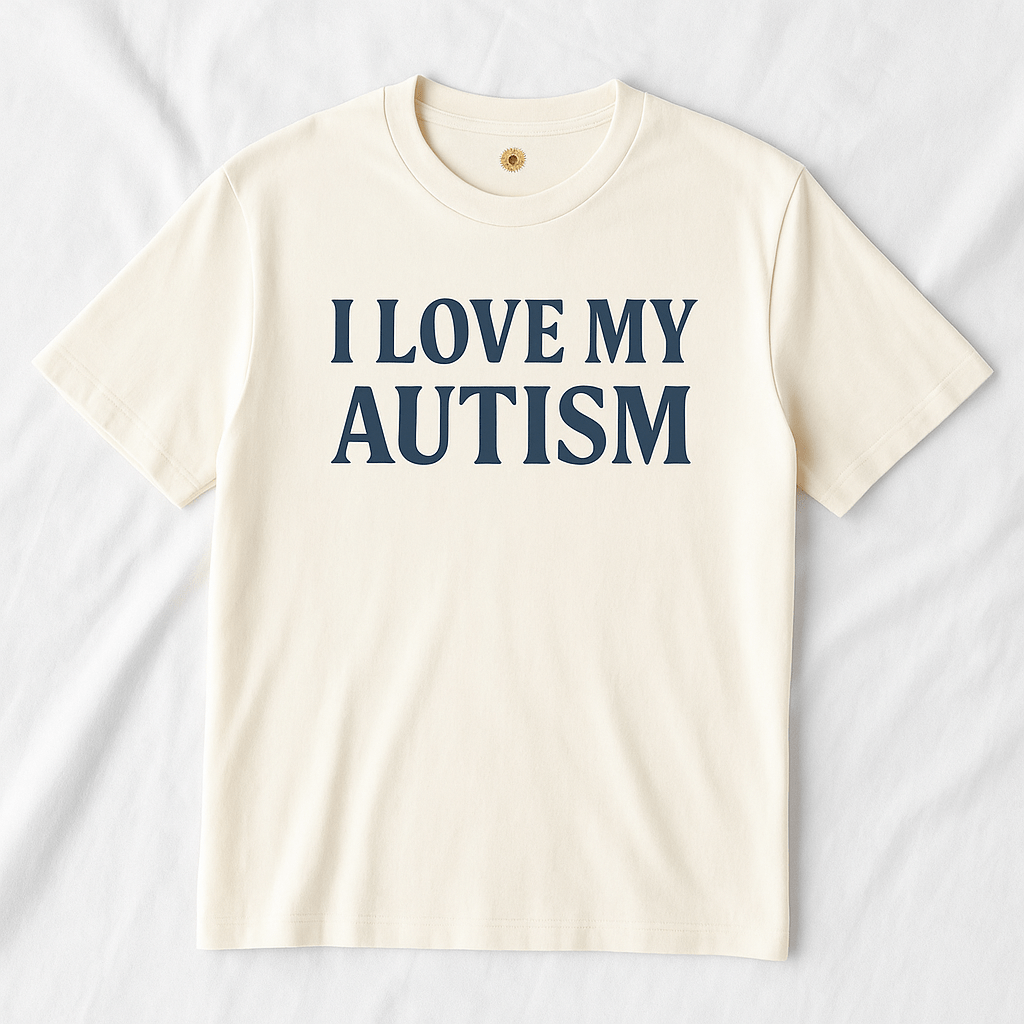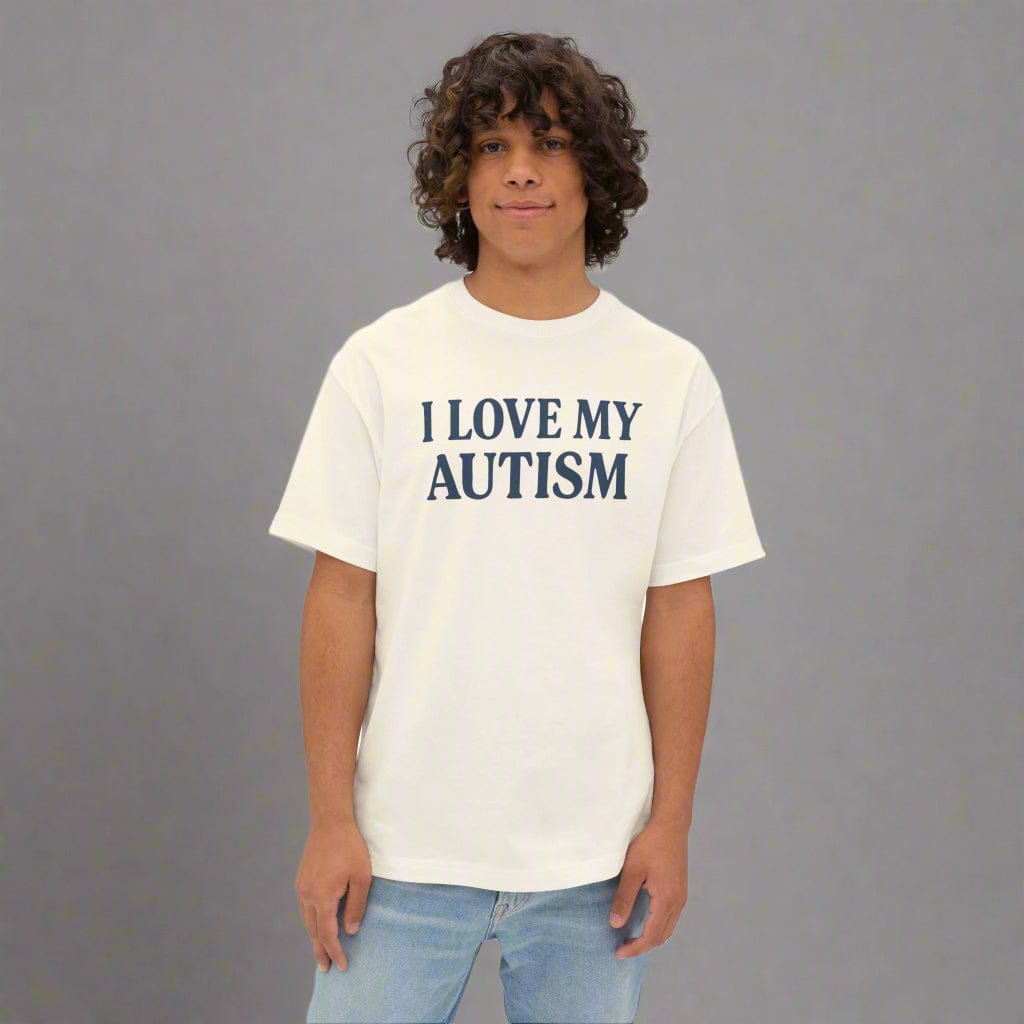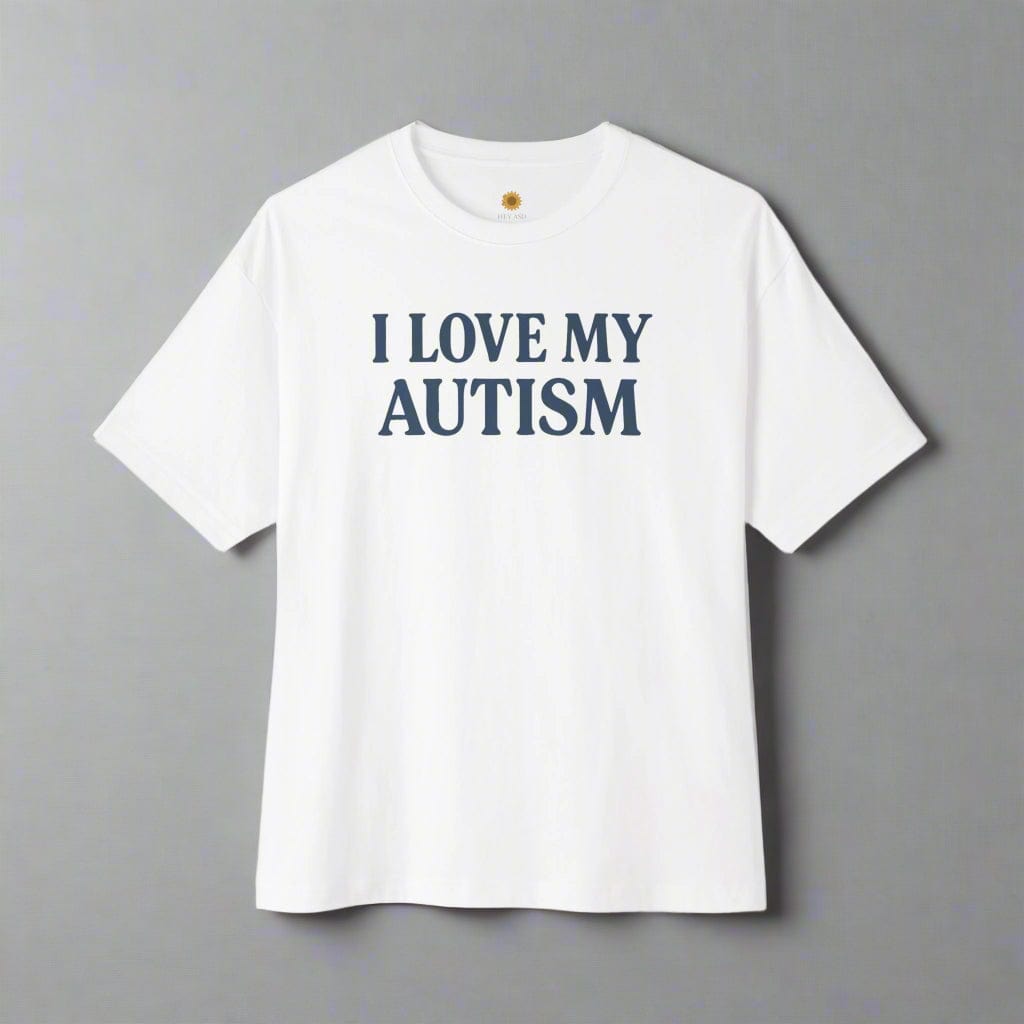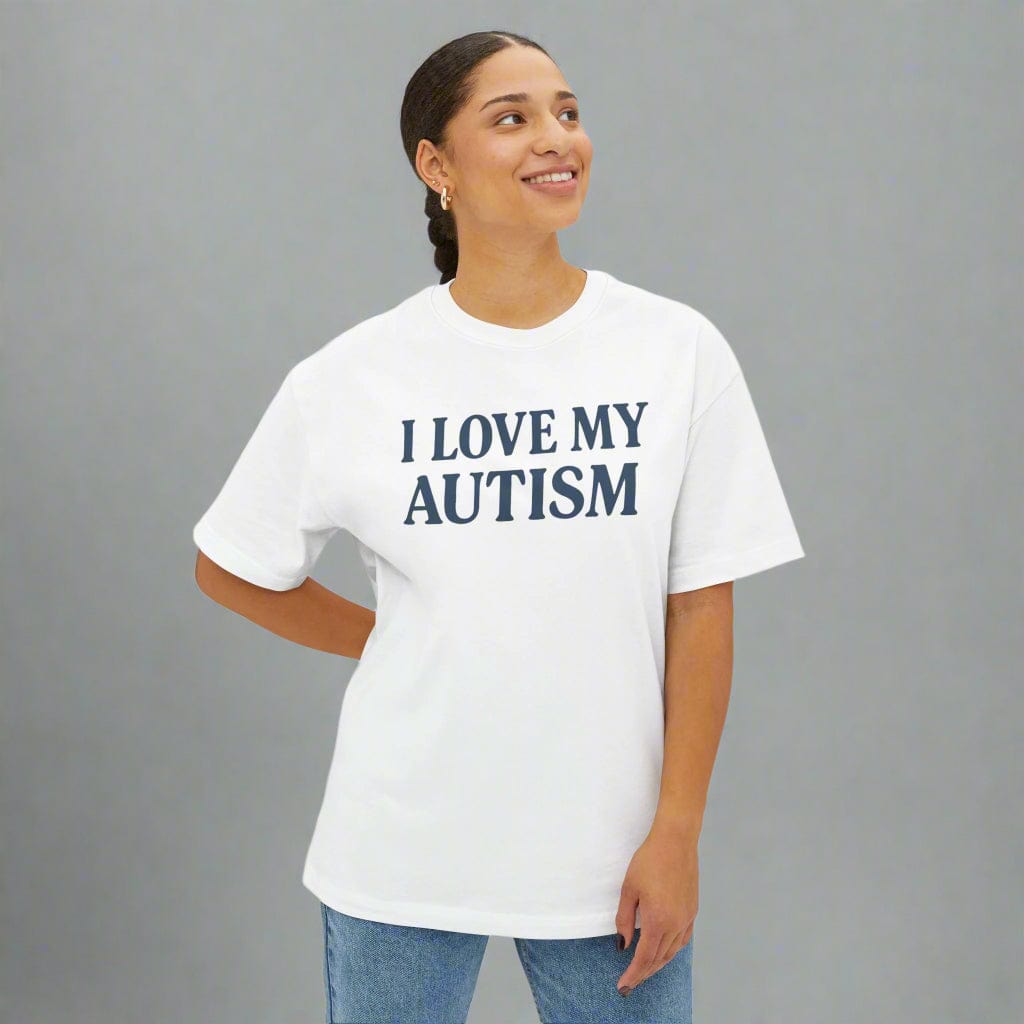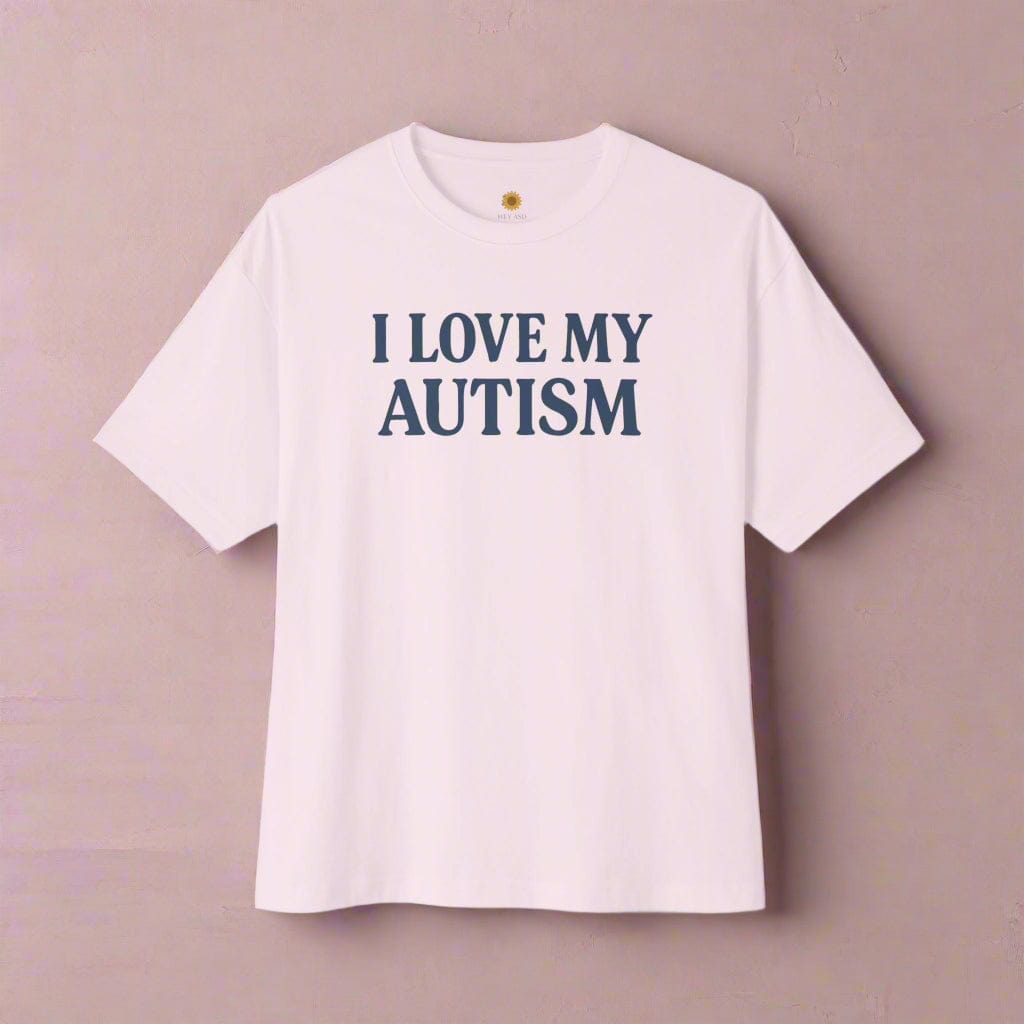Autism Traits in Adults: Signs, Strengths, and Support
Autism doesn’t disappear in adulthood, it just looks different. This guide explains how autistic traits can show up in everyday life, why they’re often missed, and how embracing them can lead to greater comfort, clarity, and self-acceptance.

Written by the HeyASD Editorial Team
If you are an adult and think you might be autistic, know that you are not alone — and you are not broken. Many autistic adults only begin to understand themselves later in life, often because most of what people are taught about autism doesn’t match their lived experience. The way we understand autism is changing, and it’s no longer just a childhood story.
This guide is here for you. It’s a calm space to learn how autism traits can show up in adult life, to find clarity, and to connect more deeply with who you are. At HeyASD, we believe every autistic adult deserves the chance to feel seen, understood, and comfortable in their own skin.
Key Takeaways
-
In adults, autism traits often look different than in kids, and the symptoms of autism may not get noticed for many years.
-
The autism spectrum is wide, and autistic adults feel and show it in many ways. This can go against what most people think and often breaks stereotypes.
-
Some main symptoms of autism in autistic adults are special ways of talking, liking routines, having strong interests, and their own sensory experiences.
-
Masking autistic traits is when a person tries to hide them to fit in during social situations. This can feel tiring and hard for people who do it.
-
A late diagnosis of autism can feel good and help people understand themselves. It can also connect them with support services and others in the community who get what they feel.
-
Seeing the strengths that autistic adults bring, like how they focus and stay loyal, helps the person feel good about who they are and helps others understand them in a better way.
Understanding Autism Traits in Adults
Autism is a lifelong condition. An autistic child will grow up to be an autistic adult. The way autistic traits show up can change as people get older. You may be on the autism spectrum if social situations feel hard or tiring for you. A strong need for routine can be another sign. Some people on the autism spectrum experience the world in a different way, with their senses picking up things others might not notice.
Understanding these traits does not mean you have to look for mistakes in yourself. It is about seeing a new and real way to be. This path helps you see yourself in a more open and gentle way. When we look at these traits, you may find words to talk about things you feel and know in your life, but you did not know how to say them before.
How Autism May Look Different in Adulthood
The symptoms of autism can be less easy to see in adults compared to kids. When you were a child, some people may have said you are shy, very sensitive, or maybe gifted. As an adult, you go through many years fitting in with others. The traits from your childhood start to show up in new ways. You may not make obvious repetitive movements anymore. Now, you might choose small things to help feel better, such as fidgeting with a pen or tapping your foot.
Social situations can be tough. You may try to copy how others act just to feel like you belong. This can take a lot out of you. Some kids avoid group play and do not join in. You may go to social events and feel worn out when they end. You might need a lot of time alone after to feel better.
Many people who are on the autism spectrum may not get a diagnosis until they are older. This is common for those who do not need a lot of support. The main things that show someone is on the autism spectrum are still there. But these signs can be hard to see since people learn ways to work around them. People try to cope, and the true signs stay hidden.
Dispelling Stereotypes and Embracing Neurodiversity
In recent years, people talk more about autism in a new way. The idea now is to see brain differences in autistic people as a natural part of life. We do not need to change or fix them. This new way of thinking helps people understand that autism is not a problem. It is just one way the brain can work. It helps move people away from unfair ideas that say there is only one right way to be. Autistic people are just part of how people can be different.
One thing that many people think is all autistic people are the same. But the truth is, if you meet one autistic person, you have met just one autistic person. There are many differences in the autistic community. Everyone has their own story, skills, and needs for help. Some autistic adults do not use spoken words. Some talk a lot and love to share. Some like to spend time on their own, and some are very social in their own way.
Embracing neurodiversity is about not sticking to strict ideas. It helps you see your traits as not wrong, but just different. This way of thinking is important for self-acceptance. It also helps you find the community that gets you and celebrates you as you are.
Key Behavioral and Social Traits of Autism in Adults
For many autistic adults, each day may feel like they are in a place where people have a set of rules that they did not get. You might not pick up social cues the way other people do. You may feel that when you talk honestly, some people say you sound too direct or rude. These things are not your fault. They are regular traits seen in autistic adults’ behavior.
Understanding these patterns can make you feel a lot better. The way you talk with people is not about being “bad.” It is just that your brain takes in social information in a different way. Let’s take a look at some of the main ways people do and say things with each other.
Communication Styles and Social Interaction
You may notice that your way of talking with people is not always the same as others. Many autistic individuals feel that how they interact may not match what most people expect. This is a big part of being autistic, and there is nothing wrong with that.
Do you feel like the way you talk is not like other people? When you use autistic social communication, you may be very honest and direct. Other people might not get what you mean, and they can misunderstand you. Reading things like facial expressions and body language can be hard. It isn’t always easy to know what people feel or want if they do not say it out loud.
Some common signs in this area include:
-
Many people feel that eye contact is uncomfortable. For some, it can even feel painful.
-
Some people take what is said at face value. They might find it hard to understand sarcasm or when someone uses figurative language.
-
You may like to talk a lot about your main interests. You may not feel like joining small talk with others.
-
Sometimes, you need more time to think about what the other person said. It also takes more time to come up with your answer.
Patterns, Routines, and Focused Interests
A strong liking for patterns, doing things the same way, and keeping things steady can be one of the most common autism symptoms in adults. When an adult has the day go in a way they know, it can feel safe. This makes it easier for them to feel calm, use less mental energy, and feel less worry. Life can feel very busy and hard to deal with at times, so having things that stay the same helps a lot.
Unexpected changes in your daily plan can feel very upsetting or make you feel a lot of stress. This is not you being stubborn. The brain needs the routine to feel safe and steady. You may also feel a lot of happiness and relief from things you care about a lot. These interests are not just hobbies. They are things that you feel strongly about and can spend hours on. Focusing on them helps you feel calm and feel like you know your stuff.
These behaviors might look like:
-
Having a set morning or evening routine that you be sure to follow every day.
-
Feeling very anxious or upset if plans change without warning.
-
Getting a lot of pleasure from putting things or information in order.
-
Having a deep and strong interest in certain things that you love to learn about.
Sensory Experiences and Emotional Processing
Your sensory world may feel much stronger than what other people feel. There are things you see, hear, smell, taste, and touch every day. These things can feel like too much for you. At other times, you might look for more sensory input to feel balanced. These sensory issues are a big part of what autistic people feel and go through every day.
This way that the brain handles sensory input has a lot to do with how you feel. When there is too much sensory input, you can find it hard to control your feelings. This might make you feel anxious or feel like you need to shut down. Let’s look at what these experiences with sensory input and emotions can feel like.
Sensory Sensitivities and Preferences
Many people see sensory sensitivities as a main sign when going through an asd diagnosis. You might feel hypersensitive to certain things around you, so sounds, touches, or smells feel stronger than normal. A small amount of sensory stimulation can feel intense or upsetting to you. For instance, the humming sound from a refrigerator can be hard to ignore. A shirt tag can feel very uncomfortable on your skin.
On the other hand, you might be hyposensitive, which means you do not feel things much the way others do. So, you try to get strong sensory input to feel more steady. This can show up when you want things like spicy foods. You may listen to really loud music. You may like to use weighted sensory blankets because of the deep pressure they give. A lot of autistic people feel both kinds of things. One autistic adult may wear autism hats or hoodies to keep out the light and the sound.
This can be split into two groups: sensory-avoiding behaviors and sensory-seeking behaviors.
|
Sensory Trait |
Examples of Hypersensitivity (Avoiding) |
Examples of Hyposensitivity (Seeking) |
|---|---|---|
|
Sound |
Being distressed by loud or sudden noises |
Loving loud music or noisy environments |
|
Touch |
Disliking light touch or certain textures |
Enjoying deep pressure, tight hugs, or weighted blankets |
|
Sight |
Feeling overwhelmed by bright lights or busy patterns |
Being fascinated by spinning objects or flashing lights |
|
Smell |
Being sensitive to perfumes or food smells |
Enjoying strong, distinct scents |
Emotional Regulation and Overwhelm
If you feel your emotions very strongly, you are not alone. A lot of autistic adults feel deep emotions, and may find it hard to manage their feelings. This can be even harder when too many things are going on at the same time. It isn't a problem with who you are. It is just how someone reacts when social or sensory demands feel too much for them.
When you go beyond what you can handle, you may have a "meltdown." This is when you feel deep, strong upset and show it on the outside. Or, you may have a "shutdown." This means you pull back inside yourself, and you might stop talking or feel far away from others. These are not on purpose, and they are not tantrums. Both are automatic responses in the brain. It is very important to know what causes these feelings for you and what your own limits are. This helps keep your mental health safe.
High levels of anxiety come up a lot, and the reason can be that many feel like the world is not made for them. When you feel this way, it can take a lot out of you. The best thing to do is look for good ways to feel better on your own. Taking breaks and letting yourself rest is very important. When you do these things, you are showing care for yourself, and that can make a big change in your life.
Gender Differences and Masking in Adult Autism
Autism can show up in different ways for different genders. In the past, most tests for autism were made by looking at boys and men. Because of this, many autistic females have not been noticed. This can make them feel misunderstood for a long time. It can also mean they get told they have some other mental health problem when they do not.
One big reason for this is something called masking. This happens when a person learns to hide their autistic traits to fit in with others. People of all genders can do this, but women often say they do it more. Let’s talk about these differences in more detail.
How Traits May Present Differently in Adult Females
For many autistic females, the symptoms of ASD may be hard to spot, because they often keep things inside. You may feel upset or uncomfortable, but not show it to other people. Your strong interests might be in things like literature, psychology, or animals. These are usually seen as normal, so people may not see them as signs of anything unusual.
Research from the National Autistic Society shows that many autistic women and girls become very good at hiding their true feelings or “masking.” You may have spent much of your life watching other people. You learn to copy how they talk, their facial expressions, and the way they act in different social situations. Because of this, you may look like you handle social situations well. But inside, you can feel worn out and worried.
Repetitive behaviors in autistic females might not be easy to see. Big actions may not show up as much. Instead, you can often find smaller things like skin picking, twirling hair, or doodling. Because of these differences, many autistic females do not get a diagnosis, even after many years.
The Impact of Masking and Camouflaging
Masking is how people try to fit in or feel safe. You might do this without thinking about it, or you might do it on purpose. Masking means you hide your true self if you are autistic. You do this so that others will not judge you, bully you, or give you bad attention. You may act out social cues on purpose, force yourself to make eye contact, and try not to show your real actions or stims. This can help you get through the day. But doing this all the time is very hard and can hurt your mental health in a big way.
The constant effort you put into camouflaging can be hard on your mind and body. It can make you feel tired all the time. It is common for people to face things like autistic burnout, anxiety, and depression because of this. A big challenge for those who don't have a diagnosis is that you might not even know you are camouflaging. You may blame yourself and feel that you are just not strong enough, rather than understanding it comes from masking all the time. This can make you feel like you are an impostor. You might feel far away from your real self.
Learning about masking can feel life-changing. It helps you call the tired feeling you have had for years by a name. It also lets you feel ok to stop masking when you feel safe. When you start being your real self again, it is a strong step and can make you feel good when you get a late diagnosis.
Strength-Based Perspectives on Being Autistic
Being autistic is not only about problems. Autistic adults have many special skills and strengths. These are often missed when people talk about autism in clinics. Looking at these strengths can help you feel good about being autistic. It can help you build a strong, positive autistic identity. This can make you feel proud.
While you may have social difficulties, you also see the world in a different way. This different point of view can give you great skills. Let's look at some of the special strengths that many autistic people have.
Unique Strength Areas in Autistic Adults
Many autistic people feel that the way they see and live in the world can give them some amazing advantages. Your point of view helps you notice things that others do not. This can make you good at solving problems and coming up with new ideas. When you accept these qualities in yourself, you can find places where you feel better and do well, not just get by.
Your main interests help you learn a lot about one thing. This can make you important in school or at work. Your love for that subject, and the time you put in, can push you to do well. Many autistic people feel strongly about what is right and wrong. They are also very honest and loyal as friends and partners. When you see these as strong points, you are starting to feel autism pride.
Some common autistic strengths include:
-
Deep focus: This is when someone can stay focused on one thing for a long time. They do not get distracted easily and pay full attention to their work.
-
Attention to detail: They spot small things, patterns, or mistakes. A lot of people miss these things, but they see them and make sure everything is right.
-
Honesty and integrity: They speak in a straightforward way. The person does not hide things and tries to always do the right thing.
-
Creative thinking: They think in new and interesting ways to solve problems. This person does not do things the usual way, but tries different ideas and see what works best.
Reframing Challenges as Differences
A better understanding of autism comes when you see things in a new way. It is not about calling things "challenges," but knowing these are just differences. This change helps a lot with your mental health and how you feel about yourself. You start to move from asking, "What is wrong with me?" to saying, "This is how my brain works."
Having a need for routine does not mean the person is not flexible. It is a smart way for them to manage their energy and feel less worried. If someone speaks directly, it isn't that they are rude. They just like things to be clear and honest instead of confusing talk between people. When a person has sensory sensitivities, it is not that they are reacting too much. It is just how their brain truly responds to things around them.
When you start to see these traits in a new way, you get the power to shape your own story. You start to feel that many hard times come from the world not matching your needs, not from you. This new way of looking at things helps you stand up for yourself. It also lets you build a life that fits your mind, instead of trying to change who you are.
Beginner’s Guide: How to Recognize Autism Traits in Yourself as an Adult
If you are reading this, you might want to know how to spot these signs in yourself. The way to find out if there is an adult diagnosis starts with soft self-reflection and not with judgment. You should look at the things that happened in your life and link them together while thinking in a new way.
This journey is yours to take, and you can go at your own speed. There is not a right or wrong way for you to find out who you are. The steps below can help you get started. You can begin with seeing things about yourself, and then move on to finding people and support along the way.
What You’ll Need to Get Started (Self-Reflection, Resources, Community)
Starting this journey to learn more about yourself needs a few things, but the most important is to be kind to yourself. Looking into an autism diagnosis as an adult is not about thinking there is something wrong with you. It is about understanding who you are.
Start by getting trusted information. Find resources and read articles from autistic people. You will get insight from their own experiences, which can help you understand more. The online autistic community is (a) good place for support and to feel heard. You may feel less alone when you connect with autistic people online.
Here’s what can help you get started:
-
A journal for self-reflection: This can be a place to write your thoughts, memories, and what you notice in life. Do it without the need to judge yourself.
-
Reliable resources: Look for websites, books, or articles from groups led by autistic people. At HeyASD, you can find chosen information to help you along the way.
-
Online autism screenings: These are not a full diagnosis but give you a way to check your traits. Tools like the RAADS-R let you look at this in a set format.
-
Connection to the community: Go online to read stories from autistic people. Social media and forums are good places to get their points of view and feel part of their group.
Step 1: Noticing Patterns and Experiences
The first step is to look at your own life in a gentle way. Try to notice what you do every day and the patterns in your life. Do this without any judgment. Pay attention to how you feel in different places. What takes away your energy? What gives it back to you? The goal is to notice these things, not to think deeply about them.
Think about the way you act around people. Do you feel like you are just going along with what people expect or doing what others do? After spending time with others, do you feel you need a long time to feel better? Now, think about things that you see and feel. Are there sounds, lights, or things you touch that always bother you? Or, are there some feelings and things you look for because they help you feel good?
You can think about how you feel about routine and when things change. What do you feel when your plans get changed? Do you like to do things your own way because it helps you feel good? If you write down what you notice, you may start to see patterns. These patterns might be things you did not see before or things you just called little "quirks."
Step 2: Reflecting on Childhood and Lifelong Traits
Autism is a lifelong condition, so what you notice now as an adult probably started in your early childhood. The next step is to look at your younger years. Try to see if your life now has parts that feel the same as when you were a child. A lot of the problems with undiagnosed autism come from not knowing these important facts about yourself for most of your life.
Think about when you were young. Were you seen as a "sensitive" or "very serious" kid? Did you feel strong about the things you liked and could talk about them for a long time? Maybe you liked to play by yourself or with just one friend, not with a big group. How did you feel in the loud and busy lunchroom or on the playground at school?
These memories may not be clear right away. You or the family members could have called them something else before. If you talk with family members about what they remember from when you were a child, that can sometimes help you understand more. But it's important to trust what you feel and remember most of all. Your experiences in the past and now are real for you.
Step 3: Considering the Role of Masking
One big part of knowing yourself is understanding what masking is. When you think about your life, ask yourself this: how much time and energy do you use to try to fit in? Masking, also called camouflaging, means you hide your real autistic traits. You do this to look more like people who are not autistic when you are in social situations.
Think about the social difficulties you have had in your life. Do you have to remind yourself to make eye contact with people? Do you practice what you want to say in your head before you talk? Do you feel like you use a "social" face that is not really your real self? Doing this all the time can be very tiring. A lot of late-diagnosed autistic adults feel the same way.
Realizing you have been masking can feel hard at first, but it can also feel freeing. It helps you see why talking to others can tire you out so much. It can show you why you feel like you do not fit in with the people around you. Finding out this truth lets you know your problems were not because of something you did wrong. Instead, they happened because the place you were in did not let you be your real self.
Step 4: Seeking Connection and Support
This journey to learn about yourself does not need to be something you do alone. Being with the autistic community can help you feel better and right about yourself. When you meet people who feel like you do, you may feel less lonely. You will feel that others see you for who you are. Online groups, forums, and social media hashtags can be a good way to begin.
If you want to get a formal diagnosis, you should find a psychologist or psychiatrist who knows about adult autism. The first step would be to set up a meeting with them. You would talk about your past development and your life now. They will ask you questions and some forms to fill out. A formal diagnosis can get you workplace help and support services. This will also help you get other types of help.
Whether you look for a formal diagnosis or just see yourself the way you feel inside, the goal stays the same. You want to know yourself better and take care of your mental health. You should find a group that supports you and likes you just the way you are.
Myths and Misconceptions About Autism Traits in Adults
There are many myths and wrong ideas about autism in the world. These things can hurt autistic individuals who want to understand themselves. The wrong beliefs make some feel shame, and some people may not get the help or answers that they need.
Letting go of these myths helps you and others in the autistic community feel stronger and more supported. When you know the truth, you can stop holding on to old thoughts that are not right. This allows you to see autism in a more kind, true, and varied way. You get to see what the real life of being autistic can look like.
Debunking Common Myths
There are many wrong ideas about autism that still go around. A lot of these come from old studies and what you see in movies or on TV. It is a good time to learn the truth. Knowing these myths and knowing the common signs of autism will help you feel better about yourself. You do not need to compare yourself to things that are not real.
One of the most harmful false ideas out there is that autistic people do not feel empathy. The truth is, many autistic individuals feel empathy strongly. In fact, it can be so strong that it feels too much at times. The real change comes in the way they show it. It may not look the way most people expect in social settings. Some people also think autism is only a problem in children, and that kids will grow out of it. But autism stays with a person for their whole life.
Here are a few more myths we need to bust:
-
Myth: All autistic people have a "special talent." Some autistic individuals can have a great skill, but that is not true for everyone.
-
Myth: You can't be autistic if you look at people or have friends. Many autistic people might practice eye contact even if it feels hard. Some get to have close and strong relationships.
-
Myth: Everyone is "a little bit autistic." Saying this does not really show what makes autistic people unique. It makes it look like their daily problems are not real or important.
Understanding the Diversity of the Spectrum
The autism spectrum shows how different people in the autistic community are. There is not just one right way to be autistic. It is not a straight line that goes from people who are less autistic to people who are more autistic. Instead, autism spectrum is a group of traits. Each person with autism spectrum has their own mix of strengths and things they may need help with.
The guidelines from the American Psychiatric Association help doctors figure out if someone is autistic. However, these rules do not show everything about how autistic people feel or live day to day. People who are autistic can be very different from each other. For example, one autistic person may not speak and might need a lot of help. Another autistic person may speak in public and may handle social or sensory problems in ways that are not easy to see. Both still be autistic.
It is important to understand that people are not all the same. This helps us not to make guesses about others. We need to respect each person for who they are. Each person be unique, and their feelings matter. Every way of being autistic is good and should be respected.
Navigating Life as an Autistic Adult
Getting a late diagnosis or learning to accept yourself can change how you go through everyday life. It helps you see your needs at work, with people close to you, and in your own space in a new way. You can begin to make smart choices to feel better, instead of always fighting how your mind works.
This new level of clarity can give you a sense of power. It helps you ask for what you need. You can build a life that feels real and one that you can keep up with. Let’s look at some good and simple ways to use this self-knowledge in different parts of your life.
Workplace Strategies and Challenges
The workplace can be hard for autistic adults, mostly when no one knows if someone is autistic. A big open office might feel too loud and bright. There are also a lot of rules that people do not talk about, making it tough to fit in with others. If you, as someone with autism, do not know what you need, you may feel tired, anxious, or think you are not doing a good job.
With self-knowledge, you get the chance to plan how to make your life better. A formal diagnosis may let you use legal protections at work, and get reasonable help, like being allowed to wear noise-canceling headphones or work from home. Research shows that these things can help a lot with job satisfaction and work performance.
Consider these ways to help make work feel better for everyone:
-
It helps to ask for simple, written steps instead of just talking. That way, you can read them whenever you need.
-
A quiet workspace, away from places where many people walk by, can help you focus.
-
You can use a planner or an app to sort your tasks and help with your daily work.
-
Try to look for a job that fits what you do well. Jobs need people who pay attention to details or jobs that are about subjects you really like.
Building Relationships and Social Support
Building and keeping relationships is one of the most important things in life. This can feel good, but it can also be hard, especially for autistic adults. There is often misunderstanding with the way people talk to each other or how much time they feel good spending with others. People might say your honest way of talking feels like you are criticizing. Or, they may think that when you want time by yourself, you just do not care about them.
Self-awareness comes first when you want better relationships with your family members and others. When you know how you talk and what you need in social situations, it helps you explain it to friends, partners, and family members. For example, you can say, "I need some quiet time to recharge after a party, but it does not mean I did not have a good time with you."
Finding social support in the autistic community can change a lot in your life. When you meet other autistic adults who know what you feel, you feel like you fit in. It takes away some of the stress of trying to act like someone else. These friendships are based on accepting each other and knowing what it is like to be autistic. It helps you feel free to be yourself.
Join Hundreds of Autistic Adults Feeling
More Comfort in Their Own Skin
Use code WELCOME10 for 10% off your first order.
Start Your Comfort JourneyConclusion
When you notice autism signs in adults, it can help you learn more about yourself and understand what makes you unique. It is good to see that autism can show in many ways. This can give you both special strengths and some things to work on. When you know more about these traits, it can help you feel better about who you are. You can also find people who get what you feel and think. What you go through is important. There is no “right” or “wrong” way to be yourself. You should feel safe, clear, and part of a group when you look at this part of who you are. If you need more info or help as you go along, feel free to ask for support.
Frequently Asked Questions
How can adults recognize signs of autism in themselves?
Autistic adults can spot symptoms of autism by thinking about their lives and habits over the years. These signs often show up in how people talk, like taking words at face value. A person may feel better with routines, and feel upset when things change. There may be strong interests in certain topics, and extra sensitivity to sounds, lights, or touch is common. Many feel "different" compared to others, or feel worn out by social interaction.
What are the challenges of undiagnosed autism in adulthood?
People with undiagnosed autism often feel very tired most of the time, because they have to hide their true selves. In everyday life, they might struggle with things like talking to others or getting along in social settings. These challenges can affect their mental health, sometimes leading to anxiety and depression, or other mental disorders. When there is no autism diagnosis, people may not get the support services and help they need at work, home, or school. This can make life feel much harder for them.
How do sensory sensitivities manifest for autistic adults?
For autistic individuals, the way they feel things can be different. Some feel too much from lights or sounds. Others feel too little and may look for things like deep pressure or repeat movements. All of this has a direct effect on how they feel inside. Sensory input really matters for their emotional wellbeing.
Are there differences in how autism presents in women versus men?
Yes, autistic females often show signs in a different way, so people might not notice they have ASD. It can be easy for them to learn how to match social cues and copy how others act. Many times, their interests look more "normal" to others. A lot of their hard times stay inside, and this can lead to anxiety or feeling low, not big signs that others see in how they act.
Many studies show that workplace changes can help with job satisfaction for autistic adults. A useful place to read about this is the Autistic Self Advocacy Network (ASAN). Their website has helpful tools and information. You can check out this page for a good source: https://autisticadvocacy.org/policy/toolkits/workplace/. This can help people learn more about how to support autistic adults at work.
On This Page
Frequently asked questions
What are some common autistic traits I might notice in myself or others?
How can I better understand and support someone with sensory sensitivities autism?
What are gentle ways to help with autism social challenges in everyday situations?
How can creating a sensory-friendly living space improve comfort for autistic individuals?
Are there types of clothing or calming items that can help manage sensory sensitivities?
What autism support strategies can families and friends use to encourage positive communication?
How can I explain autistic traits to others to reduce misconceptions and promote acceptance?
What are some effective ways to support executive functioning challenges in autism?
Can Autism-themed decor or sensory tools make a difference in creating a welcoming environment?

About the HeyASD Editorial Team
Autistic‑owned • Values‑led • Sensory‑friendly design
We are autistic creators, writers, and advocates dedicated to producing resources that are practical, sensory-aware, and grounded in lived experience. Our mission is to make information and products that support the autistic community accessible to everyone, without jargon or condescension. Learn more about our team.
This article is written from lived autistic experience and an evidence-aware perspective. It is for general informational purposes only and should not be taken as medical, legal or therapeutic advice.
Always consult a qualified clinician or occupational therapist for individual needs and circumstances.

About Our Autism Blog
HeyASD isn’t just a store, it’s a calm, supportive space created by and for autistic adults. Our blog shares sensory-friendly tips, identity-affirming stories, and heartfelt resources for navigating life as an autistic person. Whether you're late-diagnosed, exploring your needs, or supporting someone you love, you're welcome here.
Thank you for reading. We hope these resources bring comfort and clarity.













